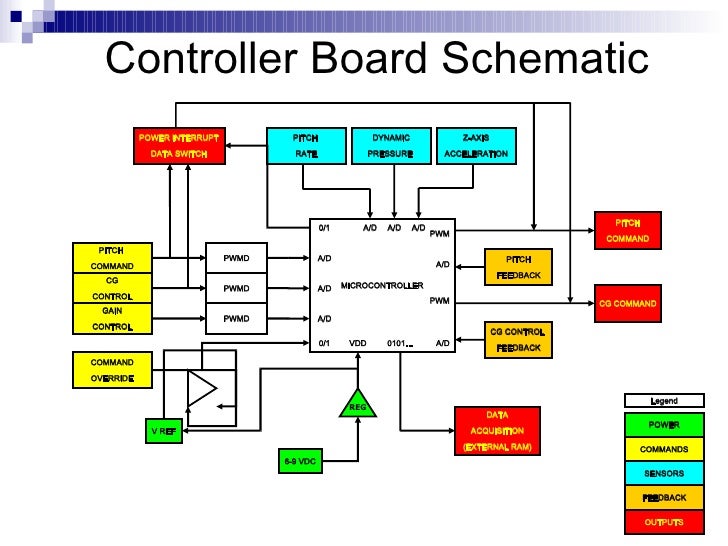

- #MILKYTRACKER PITCH COMMAND .EXE#
- #MILKYTRACKER PITCH COMMAND INSTALL#
- #MILKYTRACKER PITCH COMMAND UPDATE#
- #MILKYTRACKER PITCH COMMAND DOWNLOAD#
- #MILKYTRACKER PITCH COMMAND FREE#
Many other trackers have no microtuning function built in, but you can still edit the pitch of each individual note. Using trackers that contain no microtuning functions It also allows for customizable note names.
#MILKYTRACKER PITCH COMMAND UPDATE#
Update (December 2020): Ahornberg mentioned in the comments that GoatTracker 2 supports microtonal tuning via scala files (.scl). You’ll be able to load up one of your Scala tuning files and it will be applied to the instrument. Within Renoise, make sure that your instrument is selected, and then run the tool.
#MILKYTRACKER PITCH COMMAND INSTALL#
Then install the tool by downloading it and dragging it on to your Renoise window.
#MILKYTRACKER PITCH COMMAND DOWNLOAD#
Renoise instruments can be retuned by using a neat scl to xrni tool.įirst you’ll need to download some Scala files (or make your own). Then load up your new patched LSDj ROM and enjoy! - 2 pulse channels, 1 PCM channel and 1 noise channel is way more exciting with microtones. Note: the names parameter doesn’t work in ET mode so here I have specified 5-EDO explicitly using cents. Here’s a really simple example using 5-EDO and the note names U V X Y Z: perl lsdj_tune1.4.perl -cents 0,240,480,720,960,1200 -base A5 440 -names U,V,X,Y,Z -rom lsdj.gb -out lsdj_5edo.gb This way when you make music in LSDj you won’t be encumbered with 12-TET note names from The Dark Ages. Similarly to OpenMPT, with lsdj_tune you can set the note names of your tuning. My Game Boy folder has several of them for various tunings. When you run the command, you’ll end up with a patched version of the original ROM, so for each tuning you wish to use, you’ll get a new ROM. bat instead of writing directly in the command line, because I can save my command, edit it and repeat it later when I want to change the tuning. With all that set up, your best bet is to move LSDj and the tuning script into the same directory, then make a. But note that you need to use the command line in order to run the script. So it’s best to install Perl on your system and run the Perl script itself.
#MILKYTRACKER PITCH COMMAND .EXE#
exe for lsdj_tune1.4 may give you the following message: &Config::AUTOLOAD failed on Config::launcher at PERL2EXE_STORAGE/Config.pm line 72. To do this, first of course you’ll need a copy of LSDj, then head to the Microtuning HOWTO page on LSDj’s wiki and download lsdj_tune1.4. Even non-equal, non-just and non-octave scales are possible – it’s very flexible!
But with the aid of a super helpful Perl script by abrasive, the frequency tables in LSDj can be fully microtuned to any tuning system you want. It’s a great way to kill some time on the bus/train/toilet.īy default, the frequency tables inside the ROM file are tuned to 12-tone equal temperament. I run it on an emulator on my smartphone. It will run on real hardware via a flash cart, or you can run it in an emulator. LSDj (Little Sound Dj) is a music tracker made for the original Game Boy, utilizing the Game Boy’s sound capabilities. Stick to the sampled instruments and your OpenMPT tunings will work just fine. Note that if you’re using VSTs within OpenMPT, the microtuning feature won’t work for those. If you need even more control over your note pitches, it’s possible to fine-tune the frequency of each individual note. (DAW engineers take note, this is essential for microtonalists! We don’t need to see 12-TET note names when we’re using microtonal scales). A5 is one octave above A4, X5 is one octave above X4 etc. This way, if you have more or less than 12 notes per octave then you can easily recognise your pitches. One awesome feature is that OpenMPT will name the notes of your tuning with letters A-Z from the alphabet. Once a tuning is imported into OpenMPT, you can edit it within the Tuning Properties screen. You an also input notes directly, though they must be in the form of decimals. tun files, or download some ready made tuning packs). OpenMPT can be microtuned by way of Scala files or TUN file import. It can also be microtuned, so that you can compose music that explores tonal systems made before and after the reign of 12-tone equal temperament (from here on referred to as ‘The Dark Ages’).
#MILKYTRACKER PITCH COMMAND FREE#
Open ModPlug Tracker is a completely free music tracker for Windows. Sintel has made a very handy tool that converts Scala files into detune settings for 0CC Famitracker. Some trackers even support microtonal scales, allowing you to compose with xenharmonic, alternative tonal systems, and I wanted to share some of those here. A tracker is a type of music sequencer that was popular in earlier days of computer music and the tracker scene is still very much alive today.


 0 kommentar(er)
0 kommentar(er)
